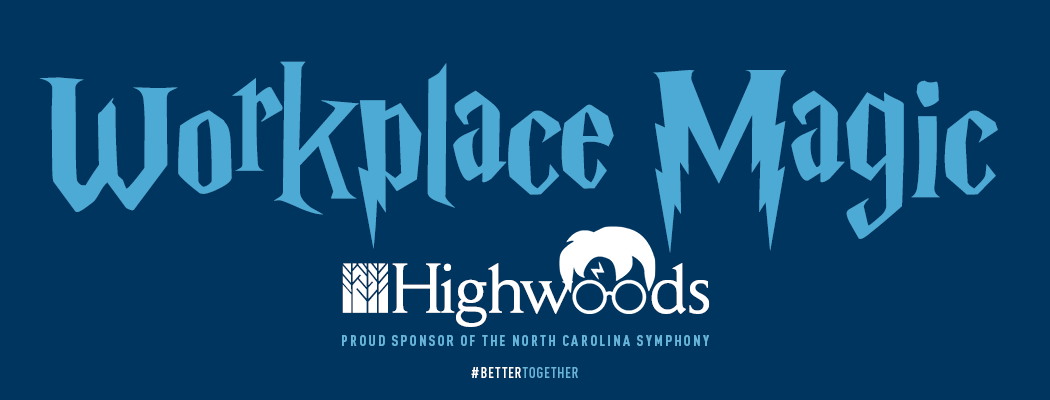La Mer
Claude Debussy (1862-1918)
THE STORY
Premiered in 1905, La Mer was Claude Debussy’s seventh major orchestral work and was composed at the height of his career. Consisting of three movements or “symphonic sketches,” the piece displays the composer’s mastery of the orchestral palette. Distancing himself from the Romantic view beholden to powerful forces of nature, Debussy instead captures the misty calm and serenity of the sea.
In the first movement, De l’aube à midi sur la mer, dark brushstrokes come to life through muted instruments, tremolo strings, delicate solos, and layers of repeated motifs. The music gradually creeps toward a climactic ending at noonday with the full force of the orchestra in its stunning grandeur.
In the middle movement, Jeux de vagues, playful waves frolic and sparkle in the full sun. The sea comes alive energetically as plucked strings dance over tremolos, two harps vigorously descend and ascend in arpeggiations and glissandos, and a burst of clarinets flutter away with a trilling sound.
The final Dialogue du vent et de la mer between the wind and sea is initially depicted with full darkness foaming at the lower registers of the orchestra. Tumultuous chromatic swells, gritty tremolos, and thundering brass parts build toward a dazzling, triumphant closure.
LISTEN FOR
- A gradual increase in tempo and orchestral color in De l’aube à midi sur la mer as dawn breaks forth into day
- Sparkling waves in Jeux de vagues with shimmering glockenspiel and cymbals
- Snatches of wind and bursts of dynamic color in the brass contrast the peaceful calm of the sea in solo woodwinds of Dialogue du vent et de la mer
INSTRUMENTATION
Piccolo, two flutes, two oboes, English horn, two clarinets, three bassoons, contrabassoon, four horns, three trumpets, two cornets, three trombones, tuba, timpani, percussion, two harps, strings

